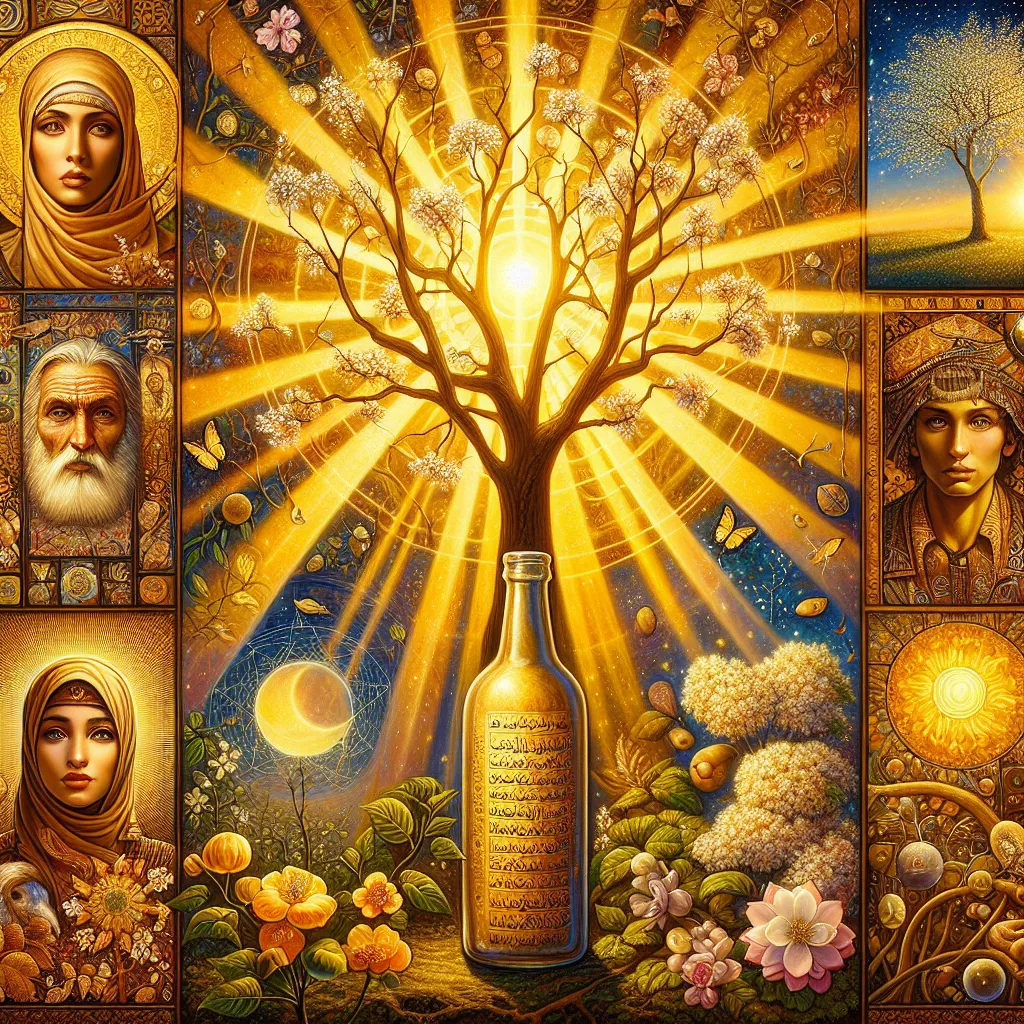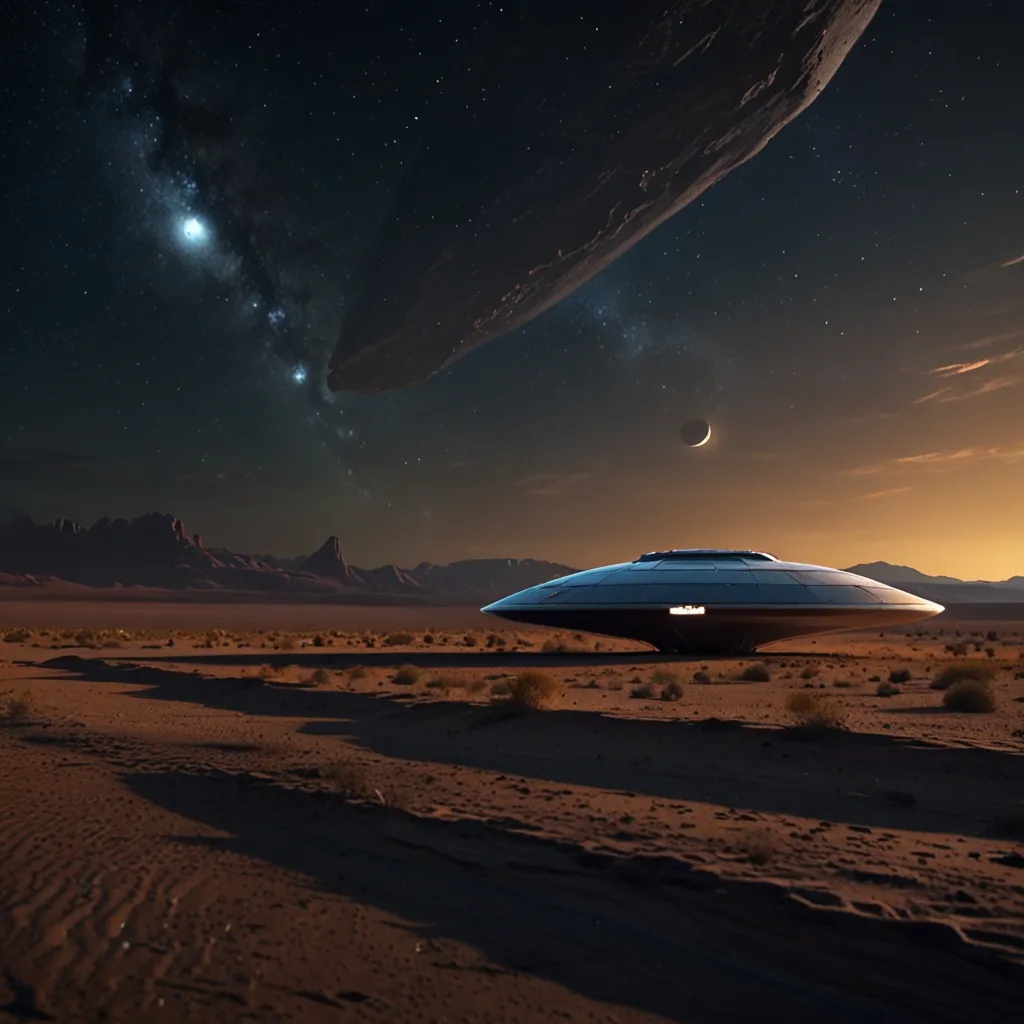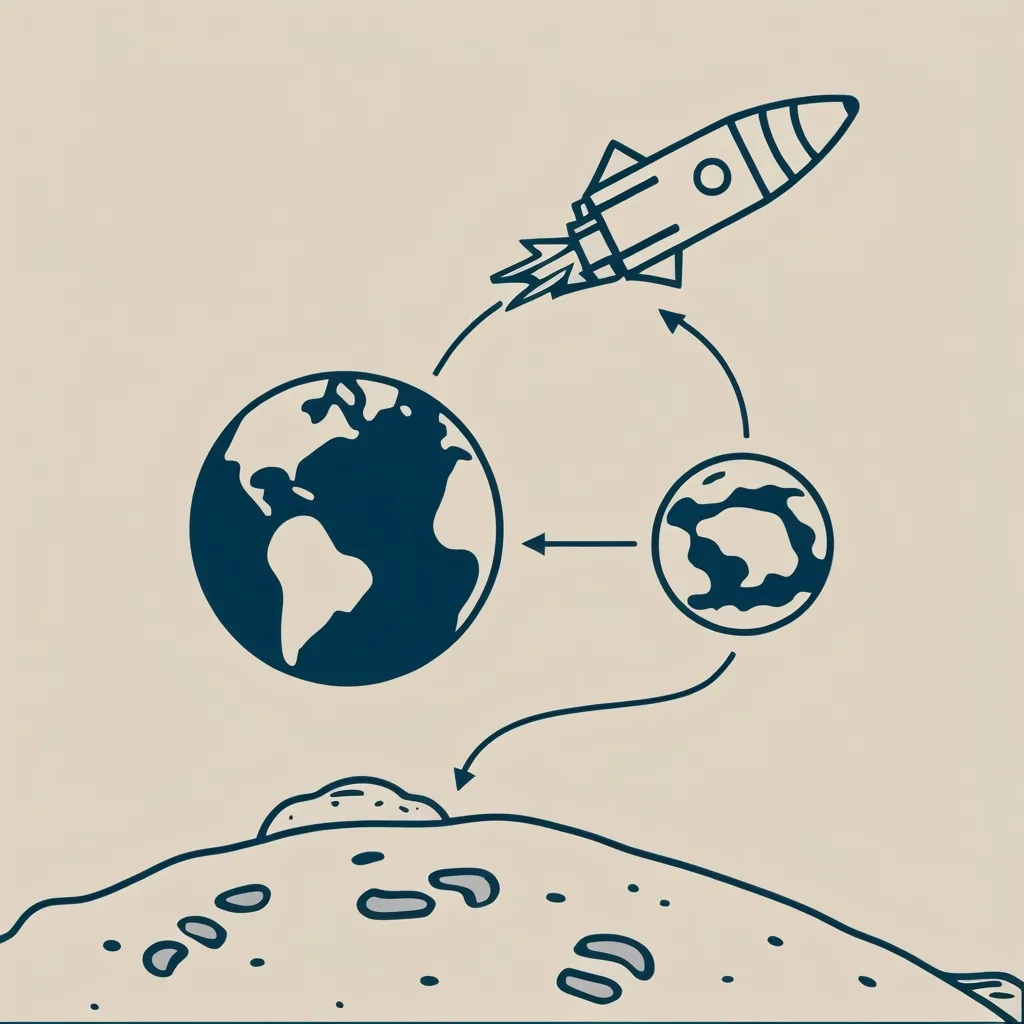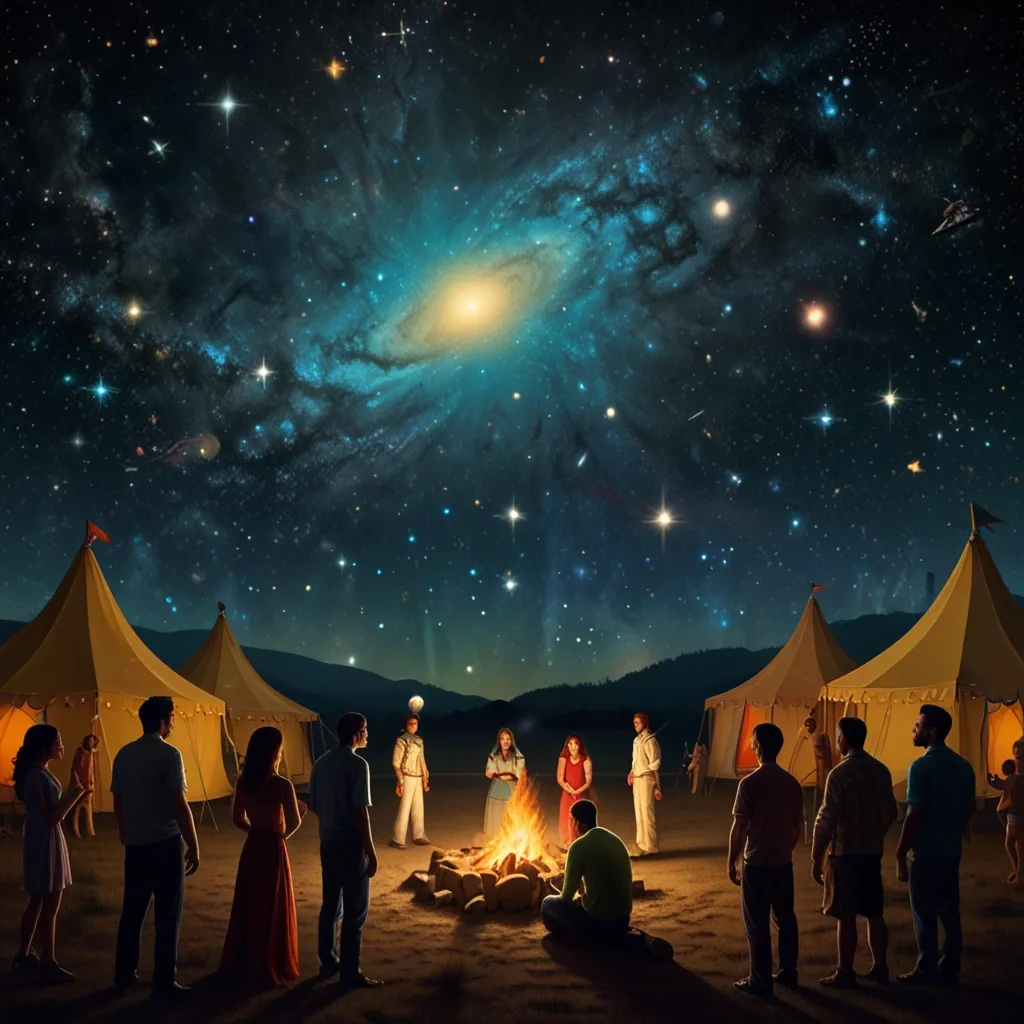Beauty can be found everywhere—be it in grand landscapes, human faces, fine art, or even the stars. Sometimes, it’s simply the way sunlight hits an old bottle. But beauty isn’t something we can touch. It lives in our minds as a feeling of joy.
Defining beauty can be tricky. We find something beautiful when its colors, shapes, or proportions delight us. This perception of beauty is a deeply human trait, rooted in our history. Our ancient ancestors even shaped their tools nicely for aesthetic reasons, not just functionality.
Over time, our standards of beauty have evolved. What one era finds beautiful, another might not. Yet, some patterns like the golden ratio, symmetry, and fractal designs remain timeless. These patterns are everywhere in nature and resonate deeply with us. They were essential for survival, helping our ancestors recognize safety and nutrition.
Nature loves symmetry. Trees, flowers, and animals exhibit it. Symmetry often signals health and safety—things our brains are wired to appreciate. This recognition activates our brain’s reward center, making us feel good.
Interestingly, even when other brain functions fade, like in Alzheimer’s patients, the sense of beauty remains strong. Studies show they consistently rank art pieces the same way over time, even if they’ve forgotten seeing them before. This suggests a deeply ingrained instinct for beauty.
Research also shows a consensus on what we find beautiful. People can often distinguish real, rule-based abstract art from random imitations. This shared sense hints at an underlying collective understanding of beauty.
In our modern world, we’ve often overlooked beauty for functionality, efficiency, and cost. Think of monotonous concrete buildings, dreary subway stations, and bland malls. These designs not only bore us but can also stress us out. Our brains crave details and interesting visuals. Beautiful environments can boost our well-being, happiness, and even physical health.
For instance, hospitals with visually pleasing decor have patients who need less pain medication and recover faster. Beauty in our surroundings positively affects us daily, increasing overall happiness. People rate the beauty of their city as a significant factor in their happiness, often more than cleanliness or safety.
In conclusion, beauty isn’t just superficial. It’s a fundamental need, deeply connected to our well-being. As we shape our world, adding more beauty could enhance our lives significantly. Maybe it’s time to make our spaces not just functional, but beautiful too.






